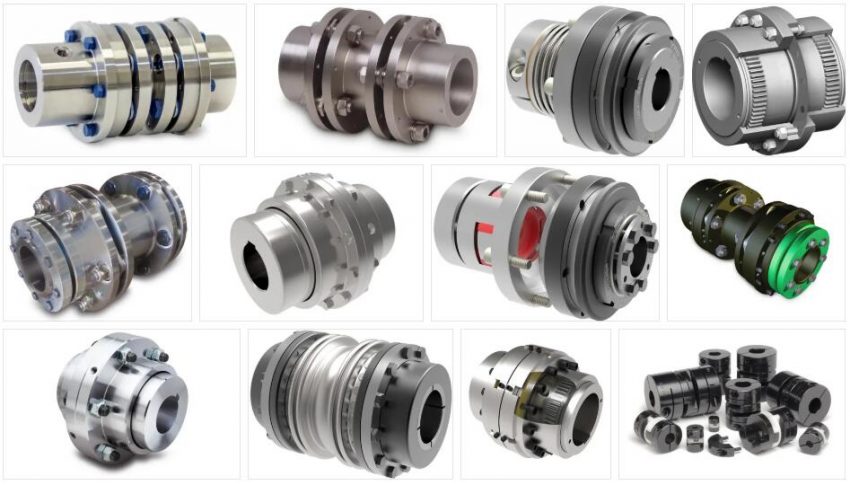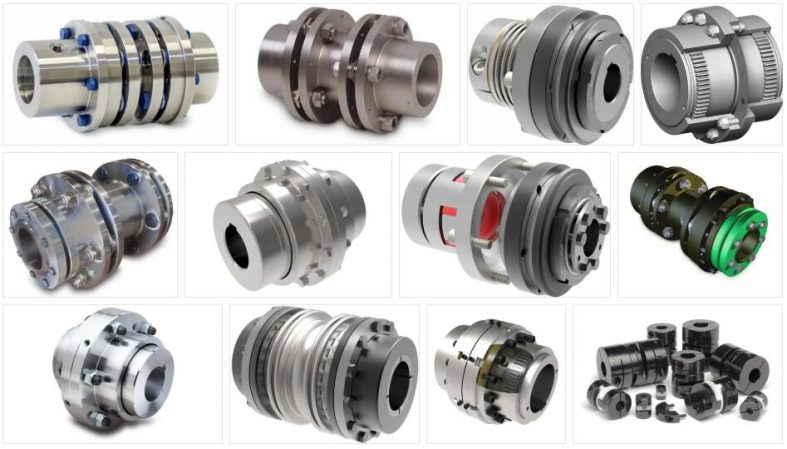Coupling is the act and result of coupling. This verb refers to linking, combining, accommodating, joining or adjusting two or more elements. For example: “The coach aims to achieve the coupling of the players as soon as possible”, “The coupling of the satellite navigation system to all vehicles of the security forces will be completed in the coming weeks”, “I have not finished assemble the furniture, I lack the coupling of the shelves ”.
According to the dictionary, coupling is also the union that animals establish when they develop a sexual encounter. In this case, the verb is used reflexively, and therefore animals are said to mate, that is, mate.
The idea of mechanical coupling, on the other hand, alludes to the system of chains or ligaments that, with less or greater freedom, connects different units. These couplings can be articulated, flexible or rigid.
When a minimum of two leagues has the possibility of moving, there is talk of a mechanism. To carry out the design of a mechanical coupling, it is normal to include an input and produce an output, altering the values of speed, acceleration and movement, in addition to applying a mechanical advantage. Mechanical couplings that are created to be stationary are known as structures.
Although the concept may seem somewhat abstract at first glance, most of us have at least one item in the home made based on the principles described above. A clear example is the pliers, a hand tool used to mold certain materials or hold parts, among other objectives: it is a mechanism, and its degree of freedom is one.
A magnetic coupling implies that a current of electricity passes through a coil generating a potential difference that appears between the ends of the rest of the coils that make up the electrical circuit in question. The phenomenon can be explained from two physical laws, that of Faraday and that of Ampère.
The law of Ampere tells us that any electrical current variable tends to create a variable magnetic field proportional with the passage of time. Faraday’s theory, on the other hand, explains that when time-varying magnetic fluxes pass through a surface that is closed by a circuit, they induce a potential difference.
The concept of tidal coupling is used to describe what happens when the face of a certain astronomical object always points at another object. This means that the coupled object, when rotating on its axis, takes the same time as it takes to translate the movement around the other. A case of tidal coupling is the one that takes place between the Moon and Earth: from our planet we always observe the same face of the satellite.
Thanks to this phenomenon, one hemisphere of the object that rotates around the other always points towards it. This usually happens only on satellites that dock around a planet larger than they are; however, when there is neither a large difference in mass nor a considerable distance between the two, it is possible that the two show a reciprocal tidal coupling, as occurs between Charon and Pluto.
In the field of three-dimensional computer image design, a technique called billboarding is used, which consists of making a textured plane always point towards the active camera so that the user believes that it is a three-dimensional object. This is very similar to the concept of tidal coupling, and was very common in the first three-dimensional video games, which emerged in the early 90s, although even today it still has some utility.

